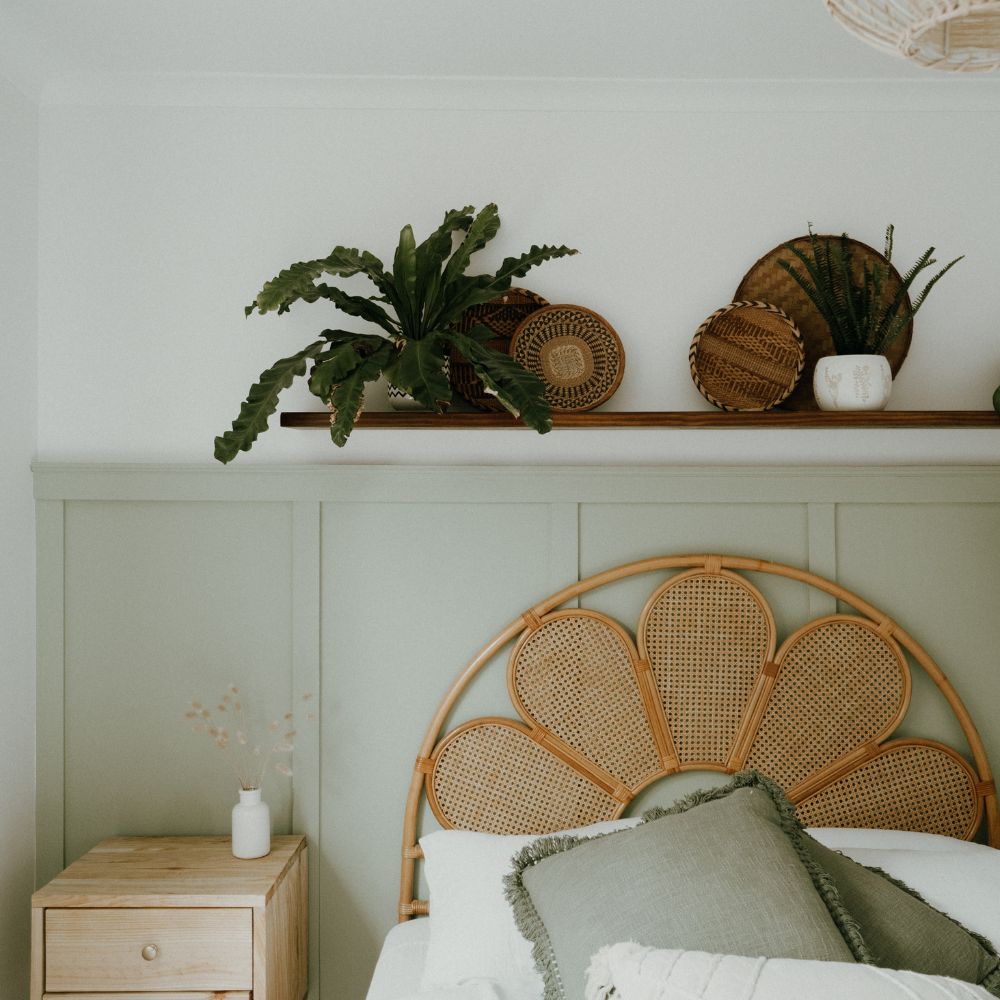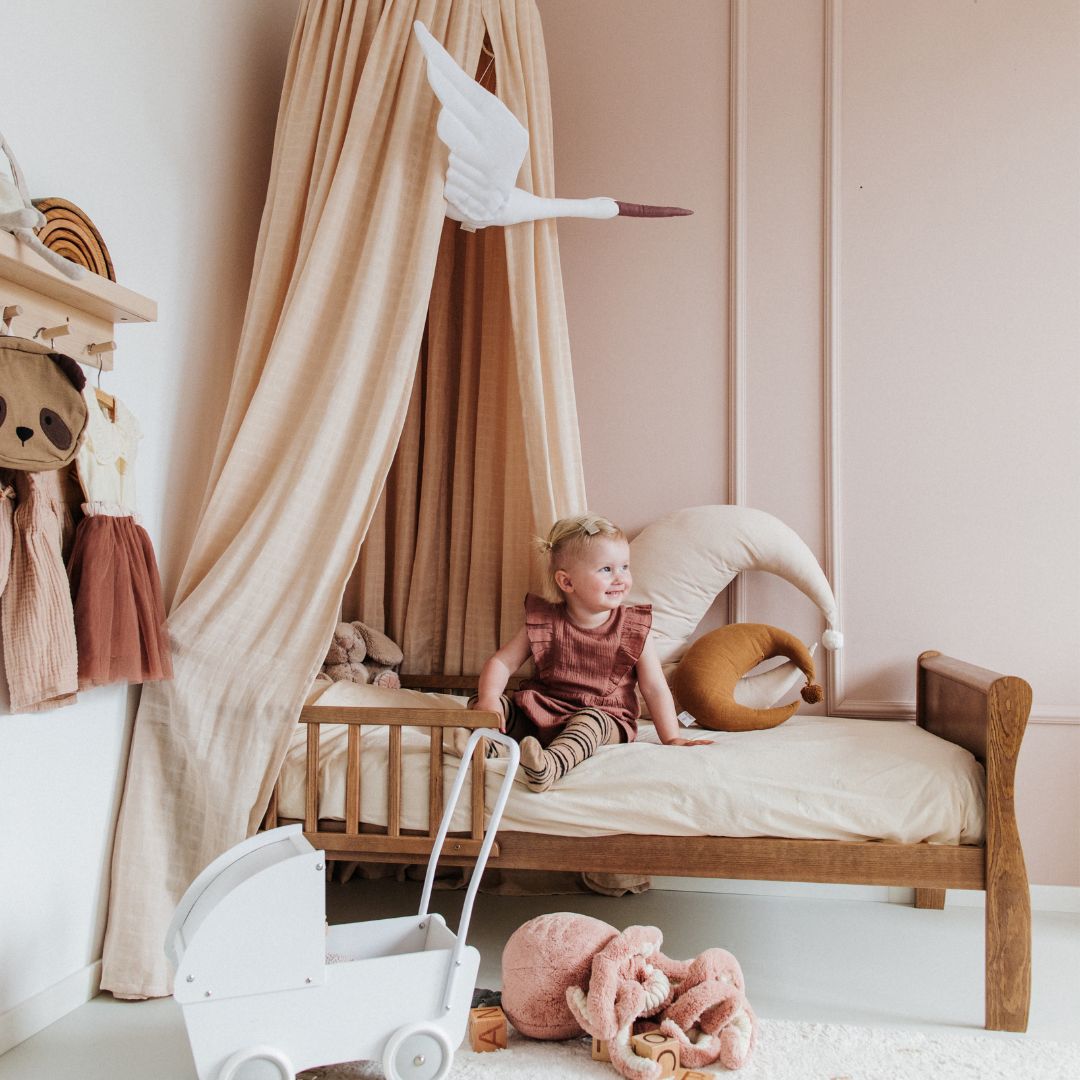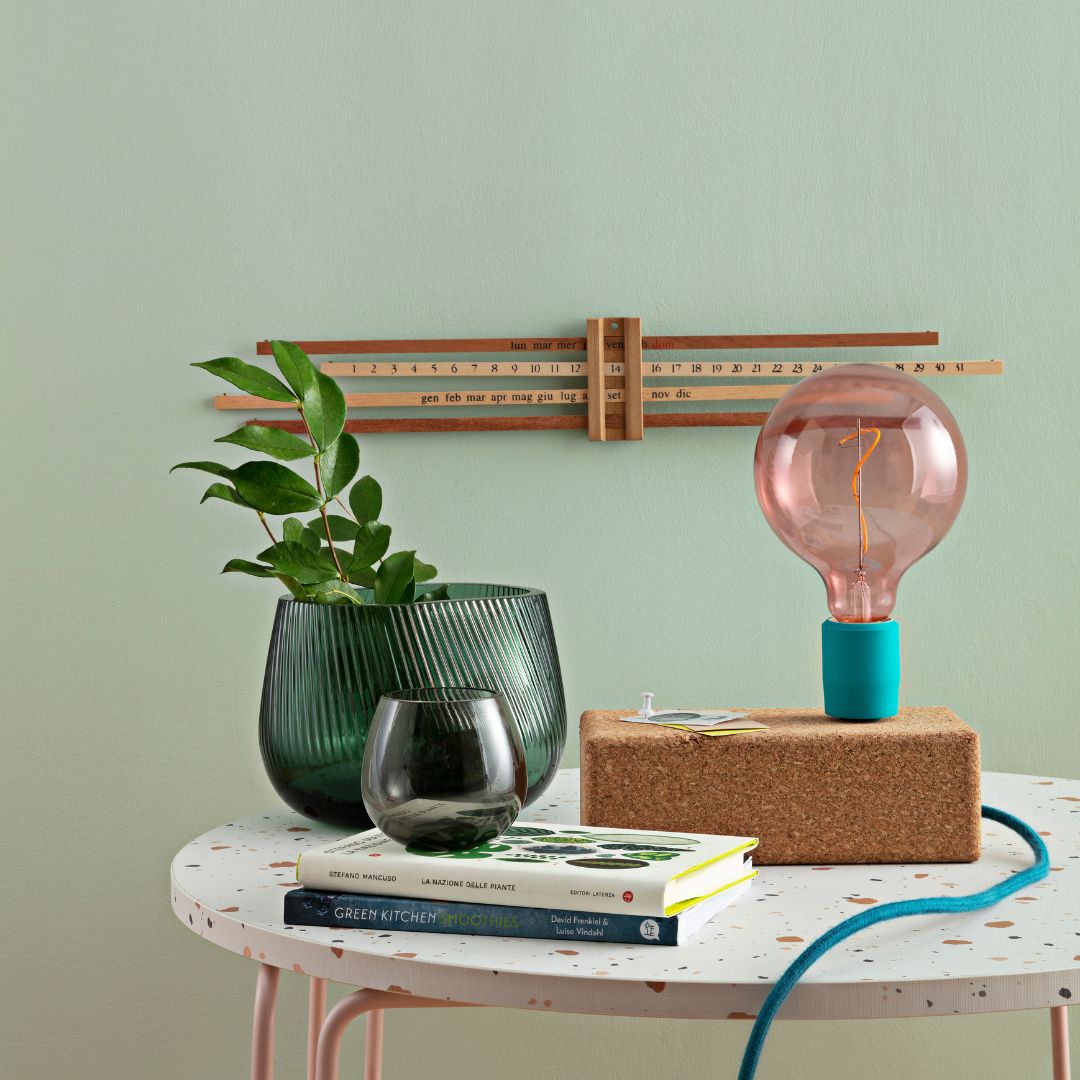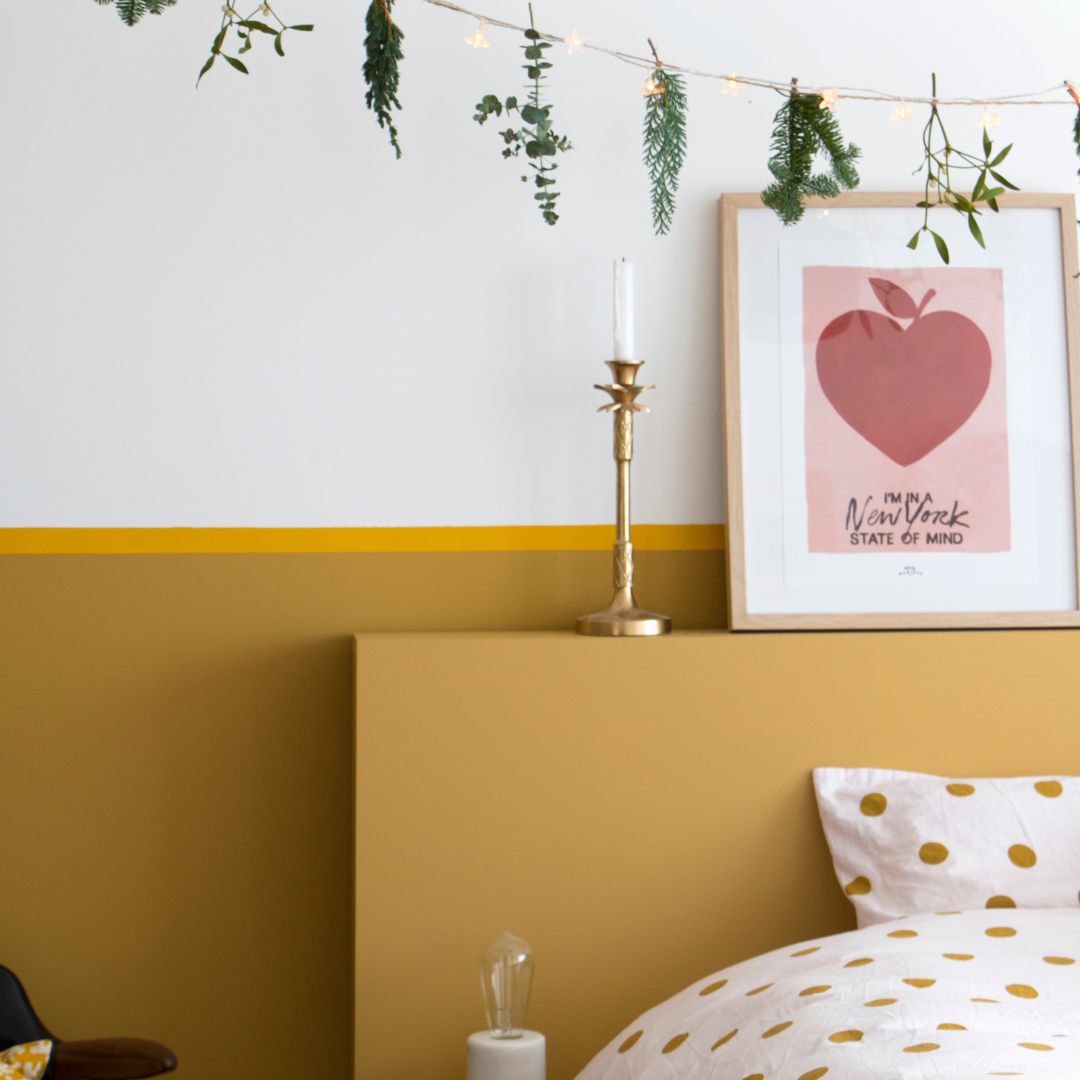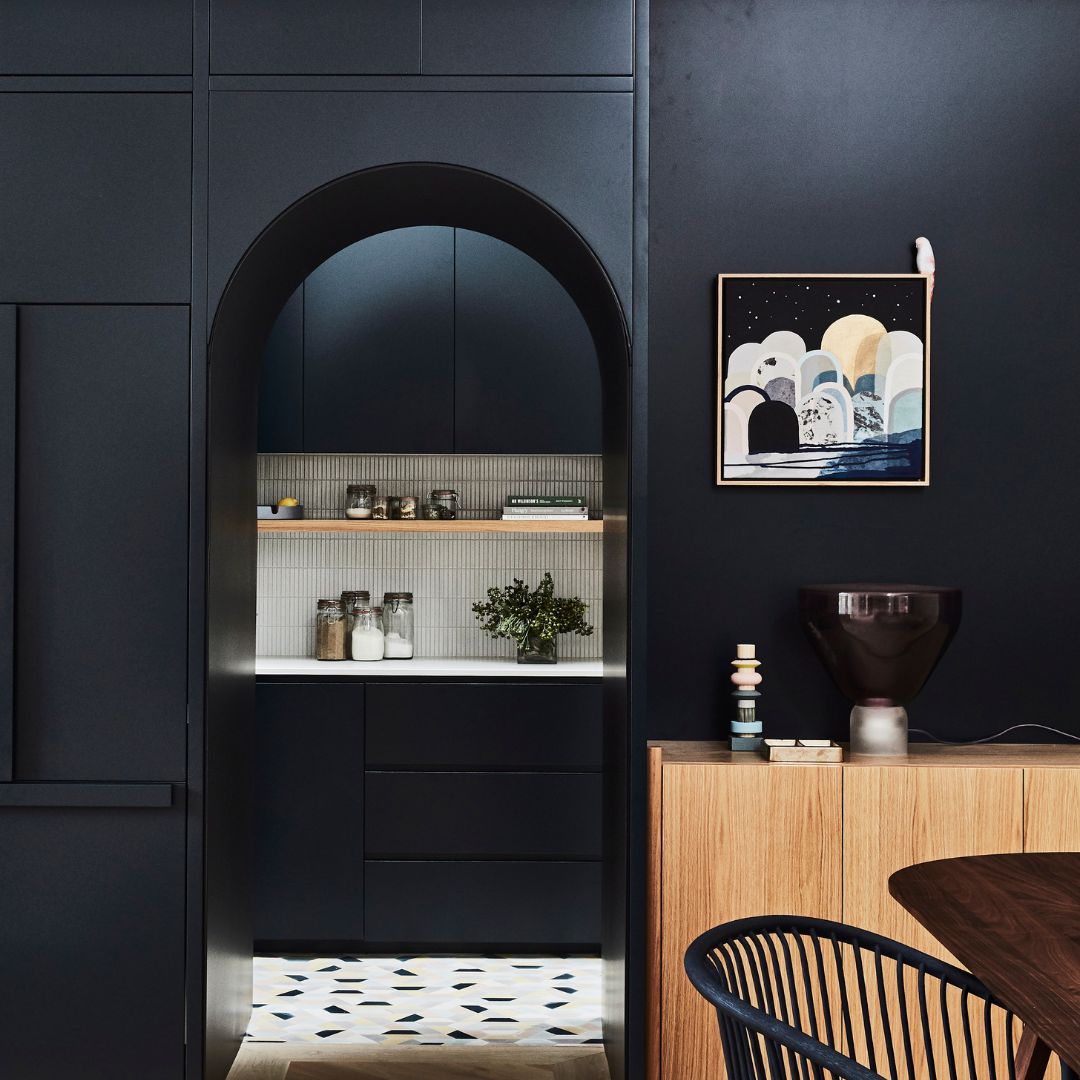Using the undercoat is a primer for interior painting work and constitutes the preparatory phase of your work.
It guarantees the possibility of obtaining the best possible result, but above all the primer greatly facilitates the application of the paint.
There are common mistakes when applying paint to take into account to ensure the success of your project and avoid irregularities, particularly with the undercoat, which is why we suggest you take a look at the mistakes to avoid when applying the undercoat in your rooms before painting, echoing our guide to applying the undercoat like a pro.
Do not apply an undercoat
This is the first mistake we usually see. It can be tempting to skip applying an undercoat to save time or simply money.
However, not applying primer can cause imperfections on all the surfaces you want to paint as well as poor adhesion on your walls, wood, or ceilings.
Lack of adhesion of the topcoat, lower coverage, and less reliable color are all potential risks you take if you do not apply an undercoat.
Not choosing the right underlay for your project
The choice of undercoat is crucial to the success of painting your interior rooms, whether for painting or repainting, and it is therefore necessary to be careful when choosing the undercoat to apply.
So there are different types of underlays, and each is specifically designed for particular materials.
For example, for wood, which is a porous material and likely to expand or contract with variations in temperature and humidity, it is essential to use an undercoat that can seal the pores of the wood but also prevent stains and discoloration, particularly due to tannin.
In the case of metal, the undercoat must provide protection against rust while ensuring good adhesion for the topcoat.
For other surfaces, such as plastic or plaster, there are special undercoats that meet the specific requirements of these materials. For example, an undercoat for plastic must be able to adhere to a non-porous surface, while an undercoat for plaster must be able to handle moisture absorption.
Choosing the right underlayment for your furniture material is crucial. The wrong choice can lead to adhesion issues, reduced durability, and an unsatisfactory final result.
Skip the preparation of the support
Yes, choosing the right undercoat is very important, but before applying the undercoat, preparing your surface will also make your work more successful.
By surface preparation, we mainly mean sanding and cleaning the surface on which you want to apply the paint.
Cleaning is an almost obligatory step: you will be able to remove traces of dirt, grease or even dust from your walls, woodwork or plaster, thus giving you a clean base before repainting.
Sanding is also important: it is a step that allows the undercoat to adhere better.
Indeed, if your surface is too smooth, and not sanded, there is a risk that the undercoat will not adhere evenly. The final result will therefore not be successful and the rendering will not necessarily be uniform.
In conclusion, failing to prepare the surface can unfortunately lead to poorer adhesion of the undercoat and accentuate imperfections, uneven application or even irregularities that can cause the paint to peel or blister.
Miscalculating the amount of paint needed
A crucial aspect in preparing your decorating project is correctly estimating the amount of primer needed for the painting job. An accurate estimate will help you avoid wasting materials and ensure you have enough product to cover your entire surface.
The amount of primer required depends primarily on two factors: the surface area to be covered and the type of primer used. Typically, the coverage provided by a primer is indicated by batch, usually in square meters per liter. To calculate the required amount, first measure the surface area to be painted in your home (length and width) to obtain its total area in square meters. Then, refer to the manufacturer's instructions for the coverage of the chosen primer.
Apply in excess thickness
Another common mistake in applying undercoats is related to the application technique itself.
Applying too thick a layer of primer to a piece is a common mistake: It can be tempting to think that a thick layer will provide better protection or preparation. In reality, this can lead to drying problems and an uneven finish. A layer that is too thick can take much longer to dry and may never dry completely, compromising the adhesion of the paint or varnish applied subsequently. In addition, uneven layers can cause texture variations across the surface, affecting the final aesthetic.
Another possible fault is the roller which may drip due to an overload of paint
Not choosing the right tools
Choosing the right tools for applying the primer is also crucial. Using the wrong brushes or rollers can result in streaks, air bubbles, or uneven distribution of the primer, which will affect the primer's adhesion. For example, a brush with bristles that are too stiff can leave visible marks, while a poor-quality roller may not distribute the primer evenly across the surface. Therefore, it's essential to choose tools that are appropriate for the type of primer being used and the surface to be covered.
To avoid these errors, it is recommended to follow the manufacturer's specific instructions for applying the undercoat: when using Algo undercoats, you will be recommended to use a 14mm microfibre roller.
It is also possible to apply the paint with a brush depending on the type of support (wooden furniture, wall corners, etc.). There are several types of brushes, including several sizes.
You can apply the paint with a spray gun, but you should keep in mind that this will require greater dilution and requires consistent application, particularly in terms of spray pressure.
Not waiting long enough for drying
Adhering to the optimal drying time is a fundamental element in the application of primers, having a direct impact on the quality of the finish. Each type of primer has its own recommended drying time, which must be scrupulously respected. The manufacturer's recommendation is important: the recommended drying time for the primer is 12 hours for Algo paints, as for topcoats for repainting over the finish.
